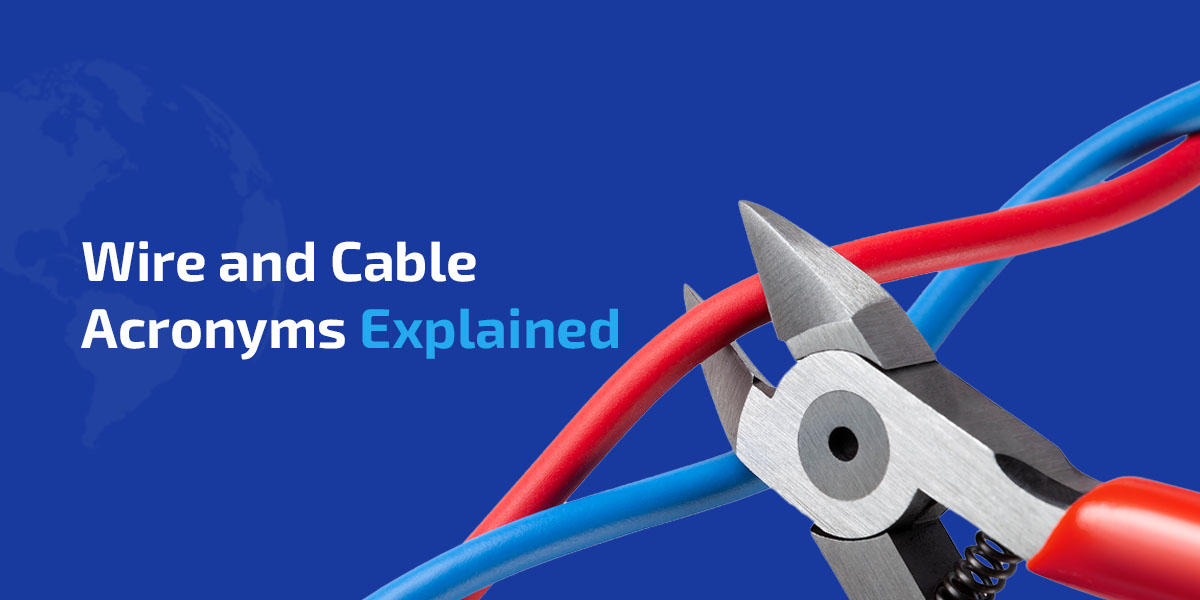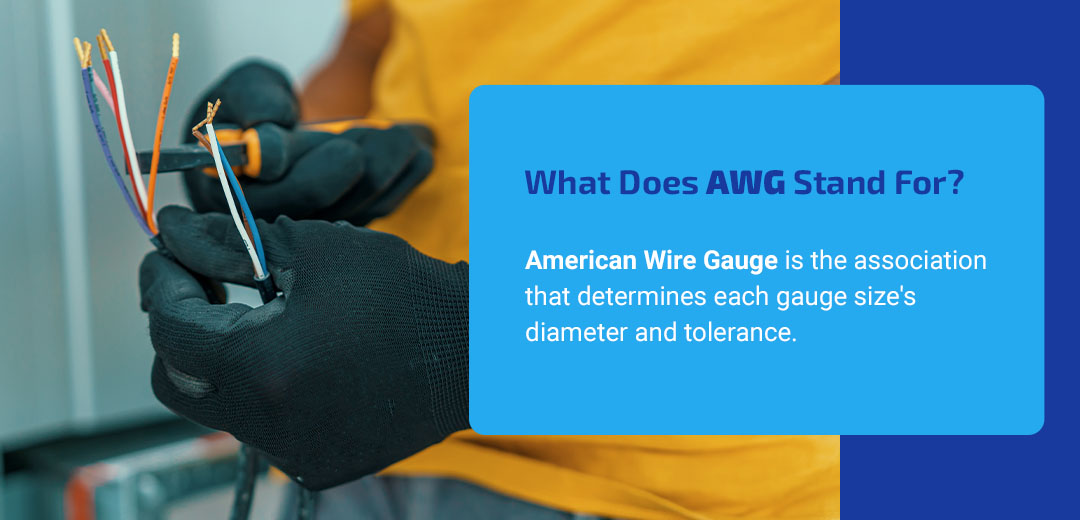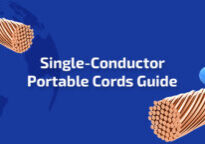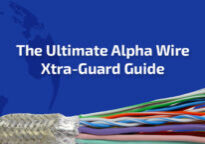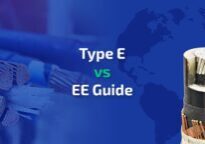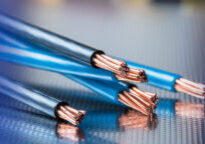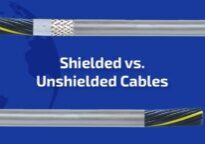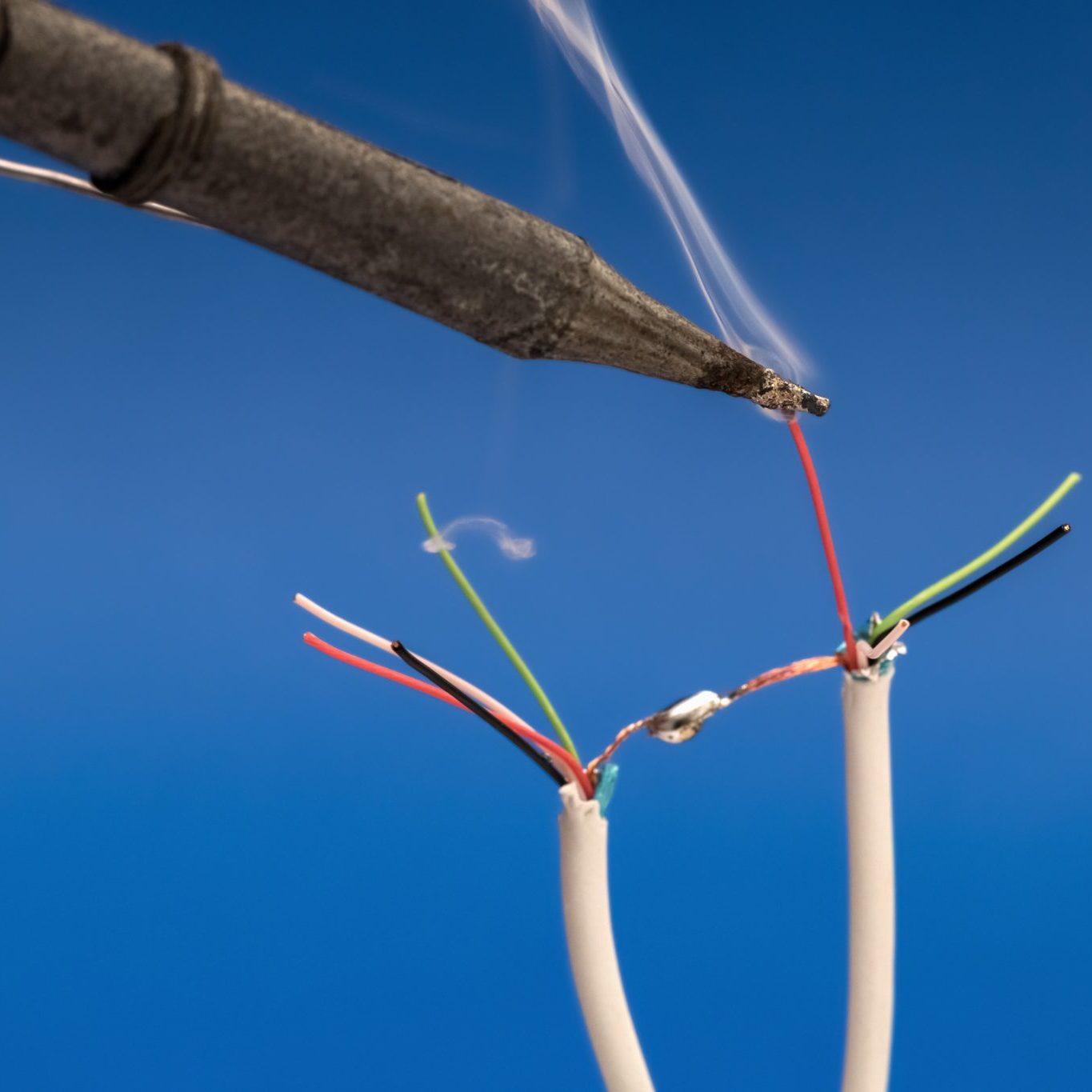
Oct 12, 2020
Wire and Cable Acronyms Explained
Every industry uses abbreviations, some of which can confuse the uninitiated. In the electrical wire industry, terms like THHN wire, THWN wire, and THW wire indicate specific features, materials, uses, and safety ratings. This post will help clear the air by explaining these common electrical wire acronyms.
What Does TFFN/THHN/THWN Mean?
Insulation on commonly used electrical building wire comes in three forms.
- Thermoplastic flexible fixture nylon: TFFN is a thin electrical wire with thermoplastic insulation, making it useful for environments that require movement or bending. It is not for general applications.
- Thermoplastic high-heat nylon: As its name suggests, THHN can resist heat and doesn’t easily melt or deform. The high heat resistance prevents insulation breakdown and potential electrical fires in the event of overheating. Buy THHN wire on our website.
- Thermoplastic heat water nylon: This wire can withstand temperatures up to 167 degrees Fahrenheit in moist conditions due to its water resistance. The advanced version, THWN-2, can endure 194 degrees Fahrenheit in wet and dry settings. Though THHN and THWN wire were initially distinct, the THWN-2 variant combines their functionalities. You can also get a THW wire version, which doesn’t have nylon.
These insulations are integral to electrical wires that channel power from the electrical box to the outlets, lights, and other appliances. The term thermoplastic pertains to a type of insulation, while nylon refers to the protective coating. The insulation eases the wire’s passage through the conduits.
In the past, there was an assortment of wires like these, each tailored for specific needs. However, the industry has streamlined them to be versatile and more multi-rated. THHN and THWN-2 wires are now the standard for building applications.
Each acronym signifies a wire with a distinct feature and its respective certifications. Various features will alter the price. For example, THNN costs more than non-nylon insulated wires.
THWN is similar to THHN, except it is water-resistant, adding the “W” into the acronym. THWN is rated for up to 167°F or 75°C in wet environments, but its successor, THWN-2, is rated for 90°C in both wet and dry environments. Historically, THHN and THWN were separate wires, but now you’ll typically find their capabilities combined in the THHN/THWN-2 design.
The THHN wire without dual approval from THWN is not water-resistant. Its water resistance allowed it to be installed outdoors and in conduit when THHN wire could not. However, remember that they’re all combined into a universal wire now. If you buy THHN wire on our website, it will have all the attributes of each acronym discussed on this page.
This one stands for thermoplastic, heat- and water-resistant wire. This acronym is missing the “N” for nylon-coated. The nylon coating looks like a little plastic over a shoelace and similarly protects the wire. Without the nylon coating, the wire will be slightly cheaper and provide less environmental protection to THW wire. It’s difficult to find THW wire without the additional approvals of THHN and THWN because they were all combined.
You can probably imagine how difficult it was to design, manufacture, stock, and price each electrical wire type. That’s why they were combined into a universal THHN-2 wire at a very attractive price.
What Do NM-B and UF-B Stand For?
These acronyms stand for non-metallic and underground feeder. The “B” denotes that the cable has improved insulation and jacketing compared to its predecessors, and “non-metallic” refers to the flexible, usually PVC, outer jacket that encases the wire.
Both electrical cables have multiple THHN/THWN wires bundled together to run more than one wire simultaneously. NMB cables are exclusively for indoor use, while UFB cables can run directly underground without a conduit or raceway.
Non-metallic and underground feeders lack the necessary protection against moisture and other environmental factors. You also shouldn’t expose them to constant mechanical injury.
What Does Type MC Mean?
Metal-clad cables have a metallic jacket engineered with aluminum interlocked armor to provide enough protection for outdoor use and conduit applications. The added protection provides a physical barrier and grounds equipment, allowing you to use the cable in places where it might encounter moisture or severe weather. You can run metal-clad wires either exposed or concealed.
SJOOW and SOOW – STOOW, SEOOW, SEO, SJO, SO…
Each letter stands for something different, and you might see any combination of these letters.
- S: Service cord
- J: Junior — 300 volts instead of 600
- T: Thermoplastic — A cheaper insulation used for cost-effective jobs not needing rubber insulation
- E: Elastomer — Usually goes hand in hand with the “T” for thermoplastic insulation
- O: Oil-resistant
- W: Water-resistant (not approved for submersion in water)
What Does AWG Stand For?
American Wire Gauge is the association that determines each gauge size’s diameter and tolerance. You might see “…a 4 AWG wire is…”.
What Do PVC and PTFE Stand For?
Polyvinyl chloride and polytetrafluoroethylene are both acronyms for hookup wire. PVC is for applications up to 105 degrees Celsius, and PTFE is for applications up to 200 degrees Celsius. Otherwise, they are for similar uses, such as wire harnesses, appliances and electronics.
What Do SER and SEU Stand For?
Service entrance (“R” for round and “U” for flat) cables bring power from the telephone pole on your street to your electrical box, supplying it with enough power to fill your home. The only difference is their shape. Flat cables have all the conductors lying next to each other, and round ones have them bundled or twisted inside the jacket.
What Do DLO and SC Mean?
Diesel locomotive and stage cable are single-conductor portable cord cables. Stage lighting cable connects high-power lighting displays for concerts. DLO cable is for industrial applications requiring a powerfully protective cable reaching as high as 2,000 volts with a dual insulation.
Don’t hesitate to contact us if you ever feel uncertain about these terms or what kind of wire you need. We have helped our clients navigate the electronics industry for over 30 years. While we have explained several wire acronyms in this guide, there is always so much more to learn about.
We can also help you find the product you need for your project, welding cables, or car wires. If you are ever in doubt or need something, pick up the phone and tell us what you are looking for.

